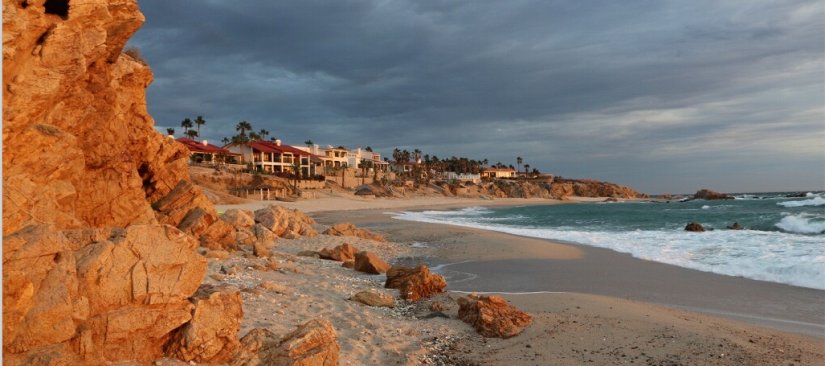This is the second in a series of seven blog posts that communicates about climate change through personal stories. Over the course of three months, UCSD student Caitlyn Crowe interviewed seven long-term beach goers in San Diego County about their personal connections with climate change effects. In this post we cover sea-level rise.

By the mid-21st century, sea level along the coast of San Diego is expected to rise by at least one foot. By 2100 it is expected to rise three feet or more. This rise is expected to occur much more quickly than it ever has in the past. When coupled with storm events and large scale weather changes, such as increased wind speeds, this increase in sea level will threaten infrastructure, buildings, and ecosystems with rising frequency.
All of the individuals interviewed knew the basic facts about sea-level rise; what it is and why it’s happening but most hadn’t been directly exposed to the levels it would rise or were able to fully grasp what these effects would look like in their own communities. Those who knew more information were concerned about the future. One person lamented that in low lying areas like La Jolla Shores, the whole beach would flood if there’s an increase in water height of only five feet, already an occurrence during storm surges. Others pointed out areas that they knew of that currently flood with super high tides, especially on islands like Hawaii where people are losing parts of their homes and property. One participant joked that “if you lived on the beach and found someone who didn’t believe in climate change you should sell your house to them quickly.”
Even areas with no property or infrastructure on the beach will be drastically altered by sea level rise. Beaches with a long sand line will become much smaller and ones that back up against cliffs will disappear almost entirely. This is already beginning to occur in some places, where during the winter there is no beach and the cliffs that used to line the beach are retreating. There is no question this is going to affect people. Many cities that line the coast already have plans in place for “managed retreat,” basically stating to get away from the rising ocean as quickly as possible with the least amount of human suffering possible.
The knowledge of what sea-level rise will do to our coastal communities and how it will affect us seems to be something that is lacking from current climate change discourse. Sea-level rise’s occurrence has gotten across but what that means is not as readily available or spoken about nearly as much. Scientists need to get better at qualifying sea-level rise in terms that people will be able to meaningfully take in.
A great example of this is Our Coast, Our Future’s sea-level rise projection mapping tool, which lets you play with the level of sea-level rise and storm surge frequency to see how different areas will be affected. Something that individuals can do to help mitigate these changes is to learn more about how to keep and rehabilitate coastal wetlands and estuaries, as is recommended by the California Climate Change Assessment. Another solution public agencies in San Diego have attempted is creating a living shoreline. These natural adaptation projects include restoring salt marshes, and creating native oyster beds and sand dunes seeded with native plants in order to reduce the effects of wave impacts and flooding. Besides reducing wave energy, which slows erosion, these living shorelines support native plants and animals, including those that have lost much of their habitat to development.
Resources
OCOF Our Coast, Our Future Flood Map